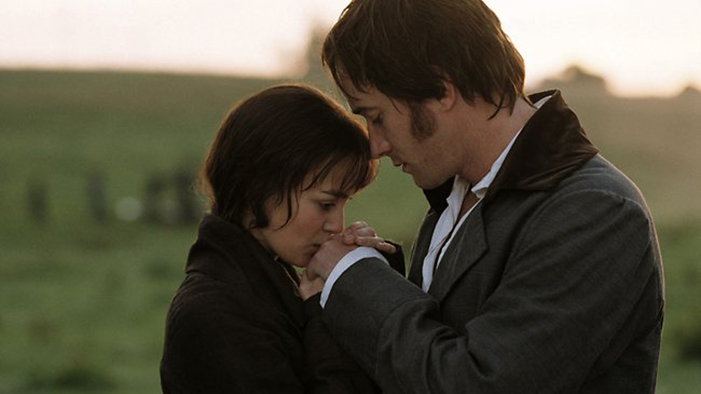Mary Elliot Musgrove is the youngest Elliot sister. She is married to Charles Musgrove and has two small boys. Mary has a few key roles in Persuasion. To begin with, she highlights the degree to which Anne is mistreated by her family. For instance, the high-strung, often hysterical Mary asks Anne to come to Uppercross not because she wants to see her sister but because she is bored and wants someone to help her manage her household. She is quick to leave Anne at home with her injured son so that she and her husband can attend a dinner. Furthermore, Austen juxtaposes the nonexistent slights Mary thinks she receives with the actual mistreatment Anne receives at the hands of her father and sisters. Towards the end of the novel, Mary ironically complains that she is “always the last of [her] family to be noticed.” This is fundamentally incorrect; it is Anne, not Mary, who consistently suffers in silence because her wishes and struggles are not thought to be important—or even thought about at all.
Mary also helps introduce the novel’s thematic emphasis on class and socioeconomic mobility. She is very preoccupied with status and social climbing, does not approve of people socializing with those of a different class, and is extremely critical of any who seek to marry above or below their station. Mary’s social consciousness primarily manifests in her rejection of Charles Hayter and the Hayter family in general. A cousin to the Musgroves, he is an eldest son and a scholar who will one day inherit his father’s property. He also wishes to marry Henrietta Musgrove—much to Mary’s horror. Such a match would be degrading in Mary’s view because Charles is enmeshed in a much lower social circle due to the Hayter family’s “inferior, retired, and unpolished way of living.” She is so set in her convictions that she wants to turn around and leave in Chapter 10 when the walking party happens upon the Hayter estate. Mary’s prejudice against the Hayter family serves as a means by which Austen is able to demonstrate the social bias against marriages from different social spheres.
Mary also inadvertently plays a key role in Anne’s unfolding marriage plot. It is at her request that Anne comes to stay at Uppercross instead of immediately accompanying Elizabeth and their father to Bath; this forces former lovers Anne and Captain Wentworth to see each other again for the first time in eight years, the catalyst to their eventual union.


 payment page
payment page



